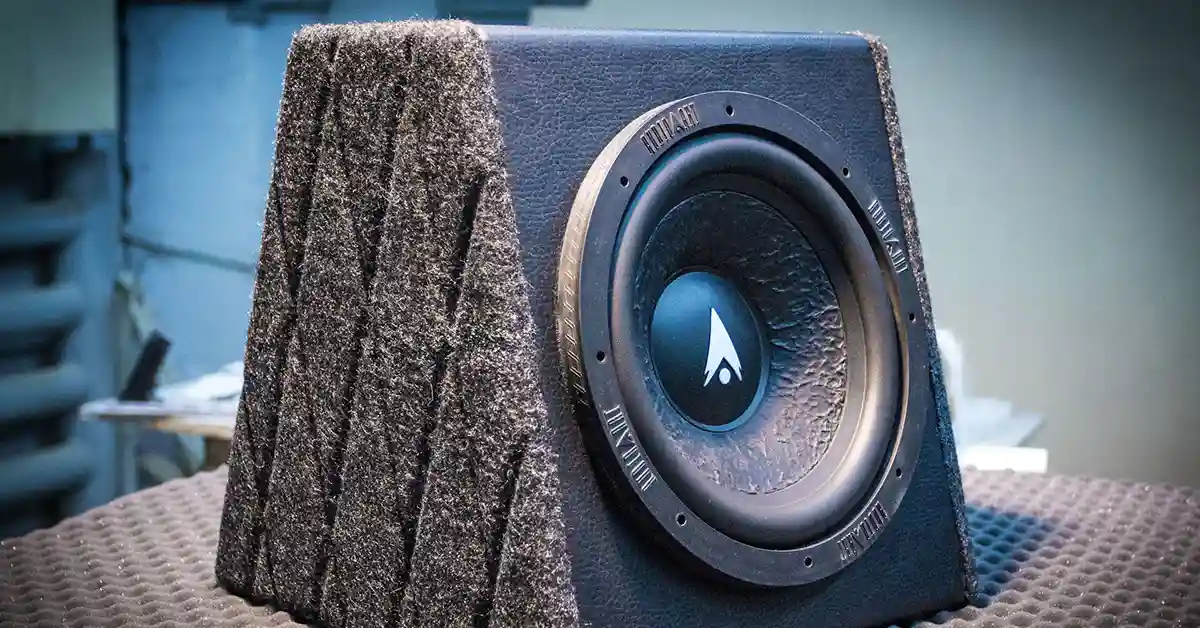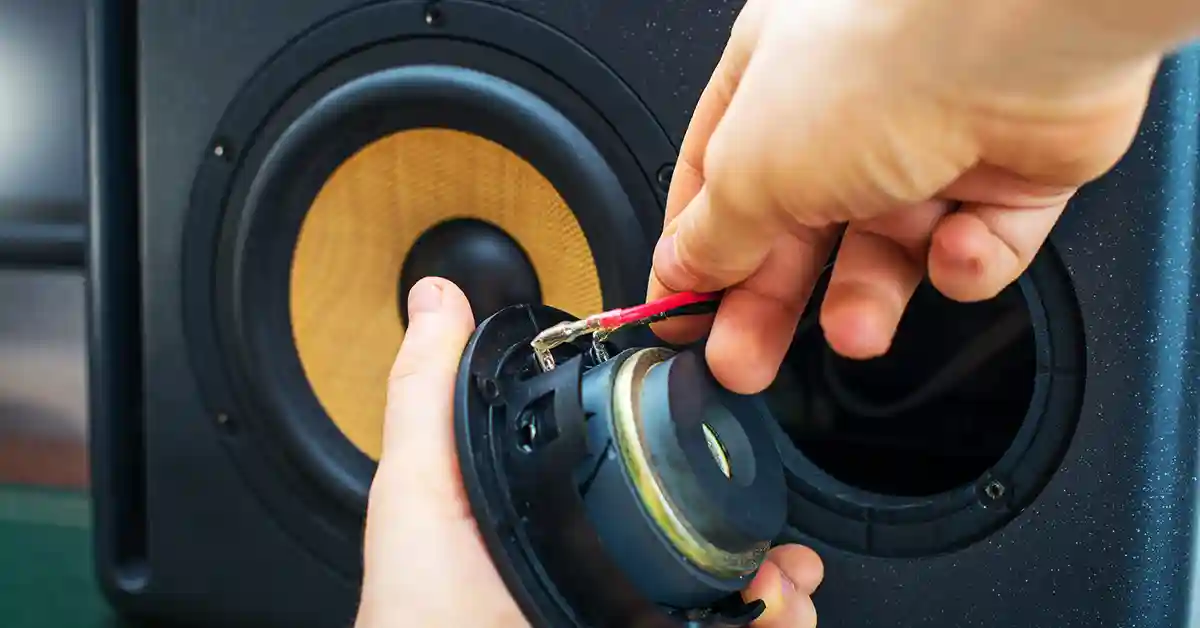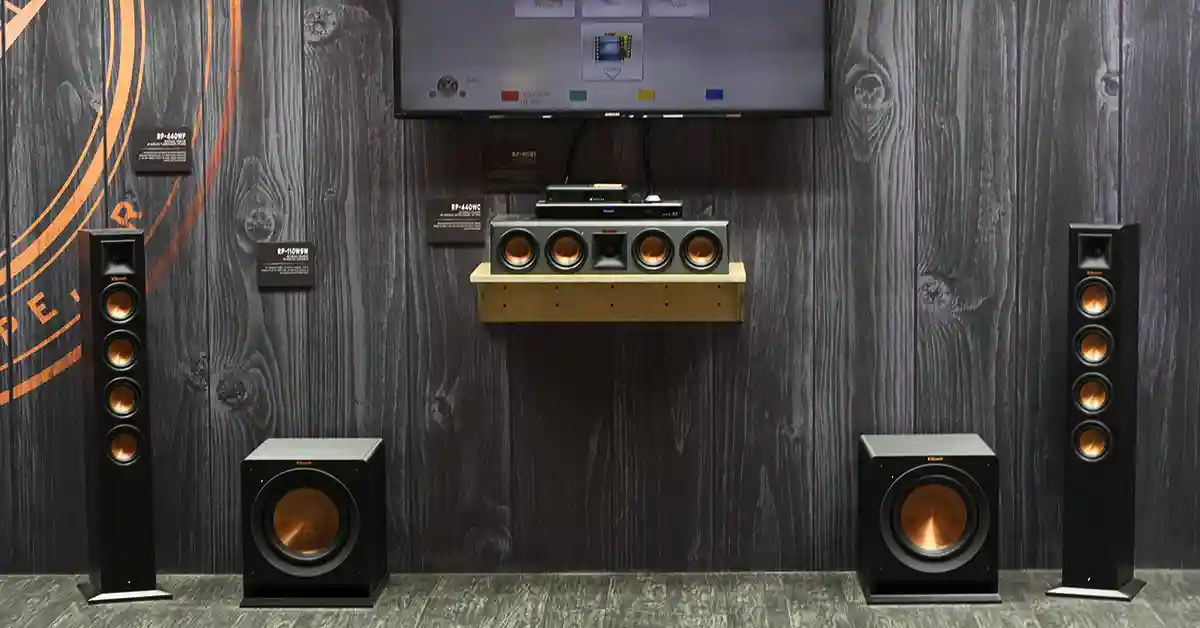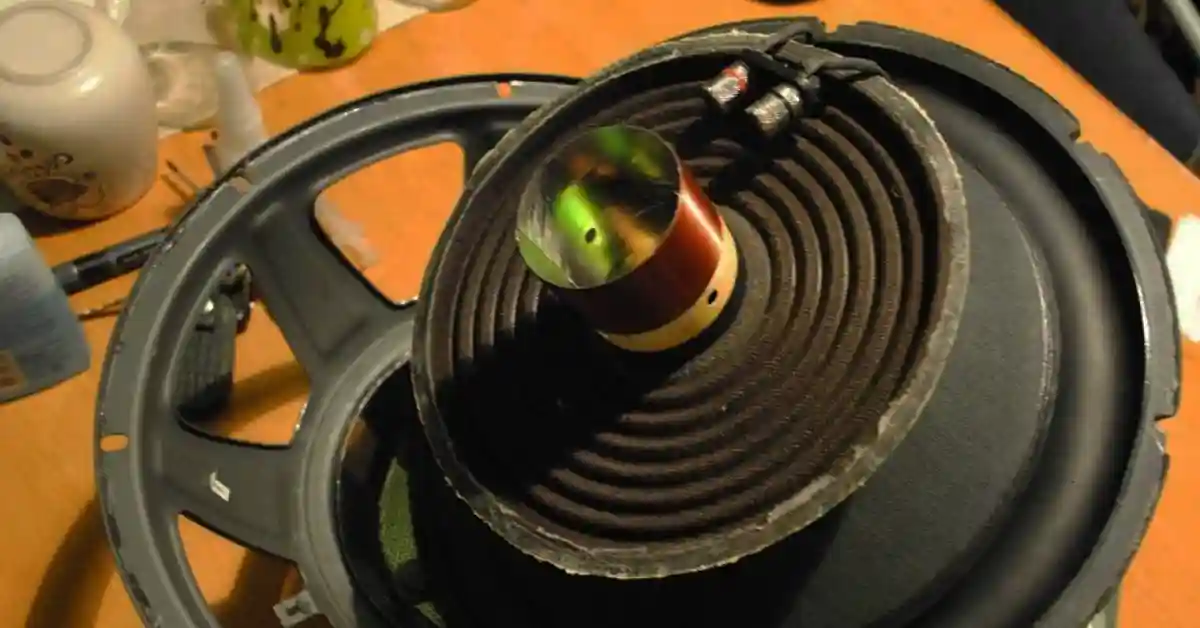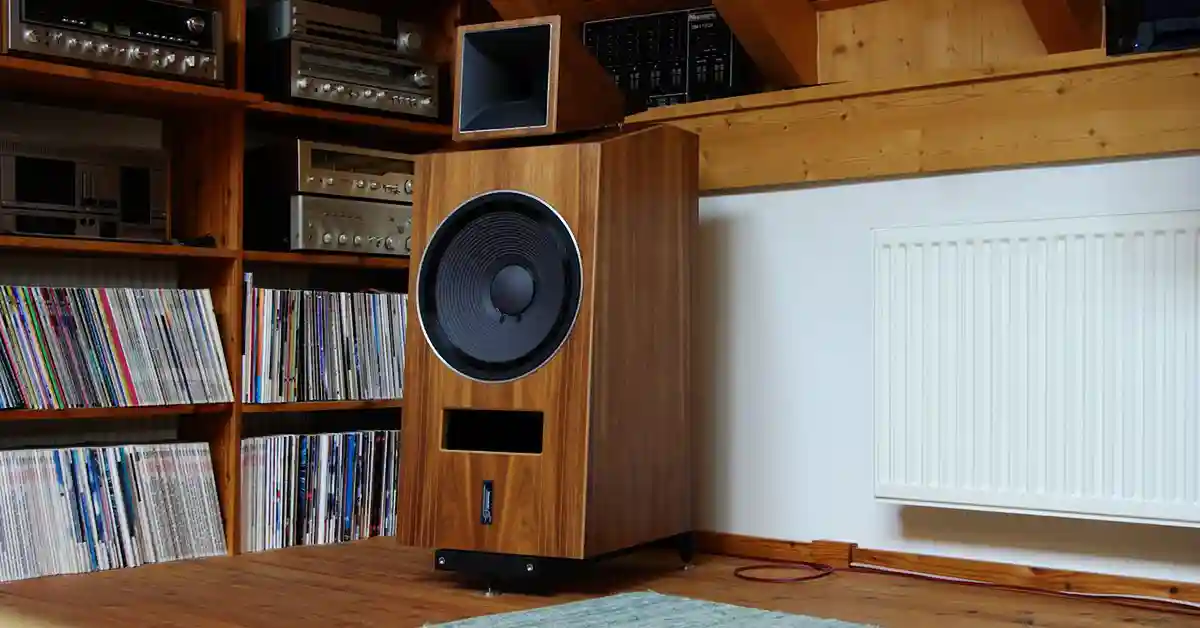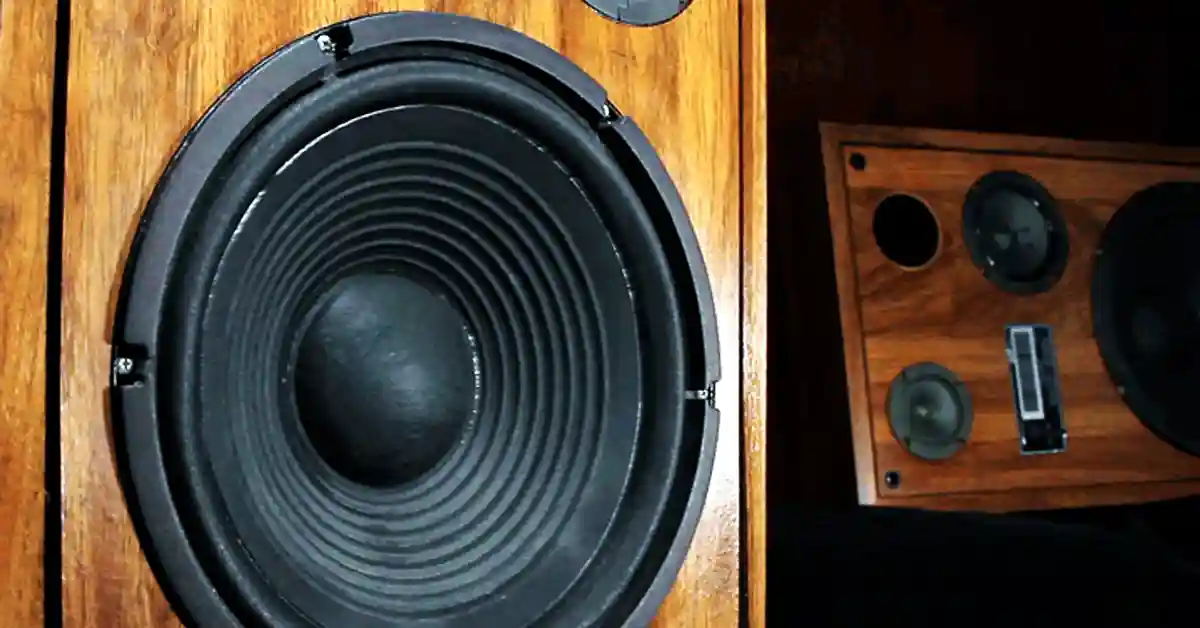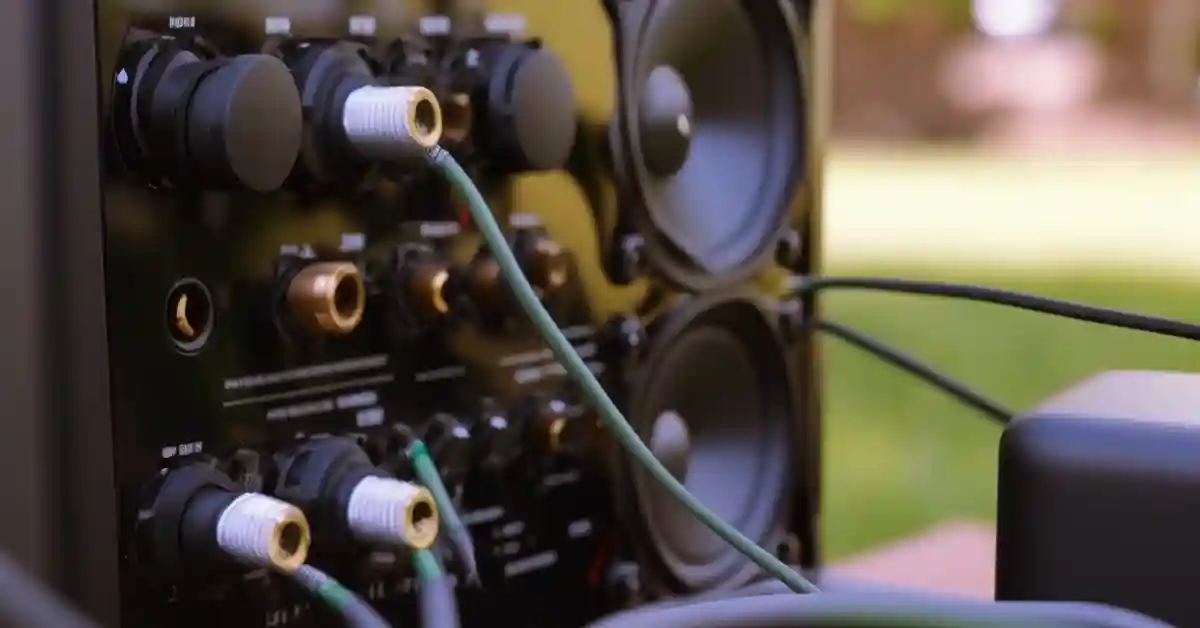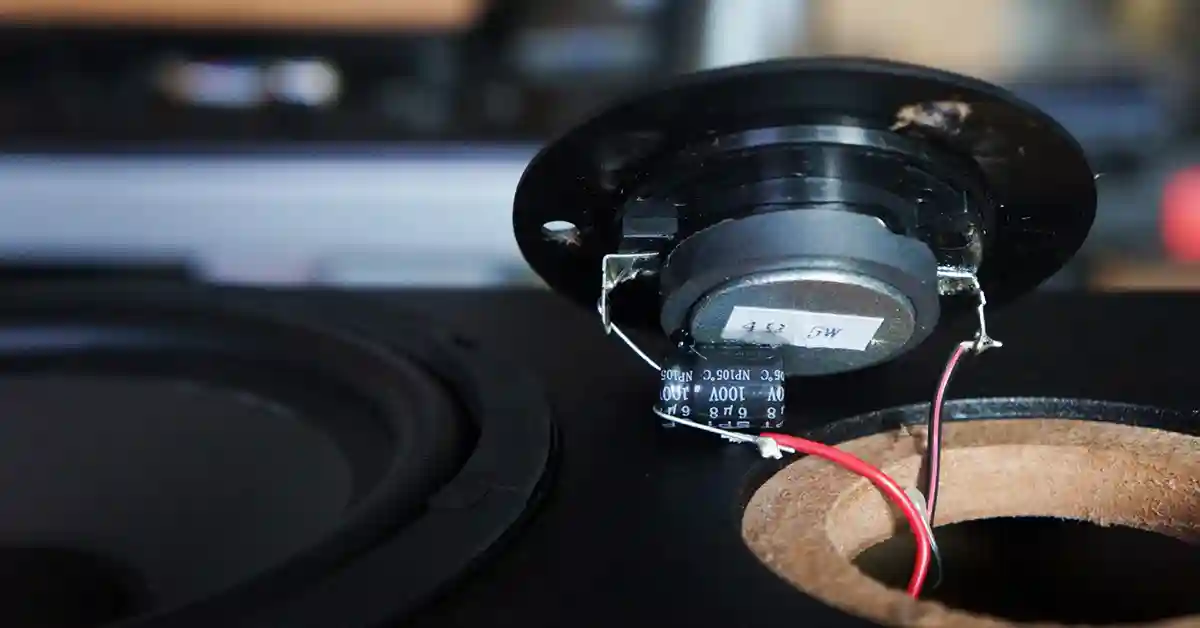2 Way Vs 3 Way Speakers
The age-long debate continues to take over all audio heads and sound system geniuses on which speaker system is better - 2-way speakers or 3-way speakers?
You can’t decide on which speaker system is better just by looking at the price or aesthetics. The function of the speakers is what drives our purchases. In this article, we look at the differences between the speakers, some pros and cons, different types of speaker kits for 2-way speakers and of course, the specific crossover networks that each system uses.
We summarize the differences between the 2-way speakers and the 3-way speakers in a tabular format. Being as objective as possible, enough detail is provided for you to choose between a 2-way speaker system and a 3-way speaker system.
What Are 2-way Speakers?
A 2-way speaker consists of two different types of speakers or drivers.
A woofer that provides for low frequencies and a tweeter that provides for high frequencies. These two types of speakers combine to produce a combination of a full range speaker. Both frequencies are split to each speaker, making for a balance in sound.
The 2-way speakers feature a passive crossover inside the speaker box. This element allows the speaker to operate at maximum efficiency.
Although different sound waves are better produced by different speaker cone sizes, the split signal of the sound can be better, especially when you’re using a 2-way speaker system for your vehicle.
A 2-way speaker can seem like the cheaper option, but a 3-way can be cheaper if you’re looking for fewer quality components. The 2-way speaker is actually easier to install in comparison to a 3-way speaker system because it has less cables to connect.
There are two different types of speaker kits for a 2-way speaker, namely, a Component and a Coaxial.
Component
A Component speaker kit comes with 2 full-range speakers, 2 tweeters and a pair of crossover networks.

Mounting the tweeters independently allows for a full range of cones replacing the existing speakers. Both speakers are wired to their own crossover network, which is then wired to the car stereo speaker outputs.
Coaxial
Coaxial speakers are easier to mount inside existing car door speaker surroundings. The tweeter is mounted in the centre of the woofer cone. These two types of 2-way speakers are beneficial when working with a car audio system.
Crossover Networks
The speaker will contain a “crossover”. A crossover network divides an audio signal into multiple frequency bands. It essentially filters direct portions of frequencies to the driver that produces the best. In a 2-way speaker design, there is only one crossover point.

Crossover networks are the circuit brains of a speaker system. If all drivers were receiving the entire frequency range, the sound would be distorted or inaccurate. Put into simpler terms, they split high and low-frequency sound from a single car stereo audio signal and redirect those dual signals to the correct speaker.
If your crossover network is larger, your signal fidelity and sound quality would be better when it reaches the tweeter or woofer.
Crossovers are used to split the audible frequency range between different speakers.
What Are 3-way Speakers?
The 3-way speaker system contains three components:
- A subwoofer.
- A woofer.
- A tweeter.
These components contribute to the different frequencies that the speaker drivers deliver. We looked at a high and low frequency driver in a 2-way speaker system, now we’re adding the middle driver, a mid-frequency driver.

A system that is adjusted to play only through two speakers would not have the same customisable option as with the addition of the mid-range driver.
This third option allows for a greater sounding bass for rock and R&B songs. Including a mid-frequency driver aims at pursuing as low a sound as possible.
The mid-frequency driver makes for better and more immersive sound quality.
Crossover Networks
The image illustrates the 3-way speaker crossover network with wavelengths, three different types of drivers and how they are connected.
A crossover network in a 3-way speaker system has three drivers, one for bass, one for mid-frequency and one for the tweeter (or treble).
The system consists of two crossover networks to separate the bass and treble and two crossover ranges where the placement of the speakers in the compound will provide the correct phase of sounds.
In certain 3-way systems, there can also be a setup of one complex network that takes care of the entire range of crossover networks.
Touching on the relationship between the mids and highs, it doesn’t necessarily mean the sound is bad because the high and low drivers are now split in three, it just means that the sound is not as detailed as a dedicated speaker for each frequency range.
Another important thing to note, drivers need to be selected to direct power to the correct balance of the other two.
The configuration of the three drivers/frequency signals dictates the overall sound quality of the speakers. The 3-way speaker system gets its name from the integrated crossover networks and combination of the three drivers.
How Do 2-Way & 3-Way Speakers Differ?
The primary difference between 2-way speakers and 3-way speakers is the fact that the 3-way speakers have a mid driver. The integrated crossover network of a 3-way system sounds more complex but it only offers the additional customisable option.
3-way speakers offer a lower sound range when listening to bass-heavy music whereas 2-way speakers provide a more balanced sound. The balanced sound is present because higher frequencies are produced by one speaker, and lower frequencies are produced by one speaker. The split is evenly distributed.
In terms of overall audio quality, 2-way speakers are your go-to. If you’re looking to customise your sound and bring out more bass, 3-way speakers are the better option.
Looking at the two different speakers, we come to an understanding that no one is better than the other one. Both of them have the individual qualities that make them shine. It all depends on what specifications you might be looking for. If you’re looking to install a sound system into your car, a 2-way system would be better. If you’re living off of bass-heavy music, go for the 3-way system.
It’s more about quality and not quantity.
Even though it makes sense that splitting the job between three instead of two speakers should provide finer sound results, it doesn’t only depend on that. You have to consider different factors before making your purchase. You need to consider:
- The quality of the components in the setup.
- What type of music will be constantly played?
- How well the crossover is configured?
- The box in which your speaker will be placed.
Conclusion: Summing Up 2-Way Vs 3-Way Speakers
There you have it! The differences between 2-way and 3-way speakers.
Remember, all speakers are different and last for different periods of time, so doing your homework before making such a purchase can save you a lot of money. Hopefully, the information in this article has given you a better perspective on which system to get.
Just remember that the one speaker system is not better than the other, it’s all up to your preferences.
Related Articles

